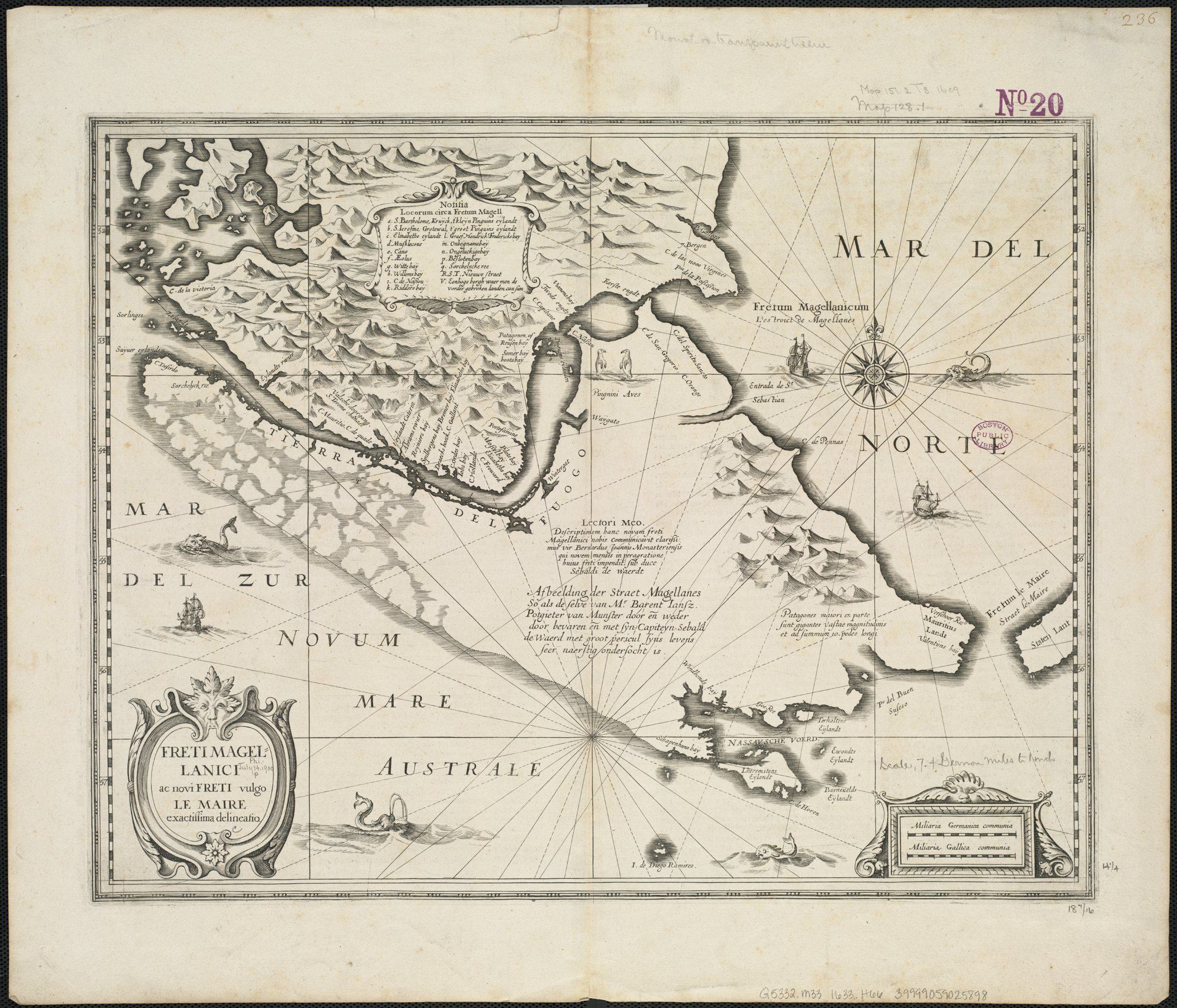
NOT ME



adventures and observations*****www.georgeconk.blogspot.com
The Eagle Island Light is a landmark on the East Penobscot Bay. Author Ben Howe's family maintains it, the sort of act of love for a place that makes Maine Maine. Here he tells the story of the Quinns who have lived on the high mile square island a mile west of Little Deer Isle, one of a group of islands that make the Bay a mystical archipelago. I'll let him Ben tell the story. Be sure to click through to the whole piece in the Times. - GWC
The last year? For 100 years the Quinn Family has delivered the mail to Penobscot Bay islands
By Ben Ryder Howe
HANCOCK COUNTY, MAINE — In blinding fog, an aging boat called the TM 2 zigzagged through the Cricket Hole, a shallow reef in Maine’s Penobscot Bay. The ocean’s calm surface concealed a maze of unseen ledges, around which the TM 2’s captain, Karl Osterby, cut a tight course. The boat soon approached an aluminum dock on Great Spruce Head Island, where a man in shorts and rubber boots awaited.
“Another busy day?” the man said, his sarcasm as evident — this being Maine — as the invisible bottom of the Cricket Hole. Mr. Osterby said nothing and held out an all but empty canvas bag of U.S. mail with one hand, as the TM 2 glided past the dock without stopping. There was a single passenger aboard (me). In the state that calls itself Vacationland, high season had just begun.
Normally, by July, the mail boat that serves six of the small and rugged islands of northern Penobscot Bay — Barred, Butter, Eagle, Bear, Scrag and Great Spruce Head — would be weighed down with letters and packages, plus a dozen or so passengers at $25 per ride. Some riders would have been sightseers scanning the reef-laden harbors for porpoises and harbor seals, and some would have been seasonal residents of the islands. Many in the latter group would be stranded without the mail boat — a lifeline delivering essentials like prescriptions, groceries and, this year, ballots.


Operating the route has been the responsibility of one family since 1905 — and this year is likely to be the last because of the hardships imposed by Covid-19.





By Margalit Fox
Had Marvin Creamer not been a geographer, he very likely would not have lived to be 104.
Professor Creamer, who died at that age on Wednesday, taught geography for many years at Glassboro State College, now Rowan University, in Glassboro, N.J.
His expertise helped him become a history-making mariner, the first recorded person to sail round the world without navigational instruments. His 30,000-mile odyssey, in a 36-foot cutter with a small crew, made headlines worldwide on its completion in 1984.
“I was considered to be crazy or stupid or just out of it,” Professor Creamer said in a 2015 interview with Rowan University. “When I took off there were two people who believed I would come back.”
One was his wife Blanche. The other, despite the welter of naysayers, was Professor Creamer himself.
Two sailboats are moored at Martin Point, Friendship, Maine. That is the mouth of Hatchet Cove, my Maine homeport. I've seen the longer of them - the ketch before, but the smaller gaff rigged boat is new to me. And it looks brand new. The ketch is a classic L. Francis Herreshoff design - a Rozinante, which the master described as a "canoe yawl" even though it's technically a ketch. I of course am partial to L. Francis because my boat - a Buzzards Bay 14 - was designed by him.
Today I headed out for an evening spin, noticed that the two sailboats (which I understand to be owned by the Pickering family) were not on their moorings. So as I headed south on the Muscongus Bay I kept an eye out for their boats. When I saw the tell tale shape of a gaff rig I headed that way. I arrived as the two boats converged. And got these next few shots. - GWC
Kamala Harris's mother was a groundbreaking Indian-American cancer researcher who made important contributions to the fight against breast cancer.
Less noted is that Kamala knows how to cook the south Indian favorite, my regular lunch when working in Bombay as a Peace Corps Volunteer fifty years ago: the Mysore Masala Dosa, native dish of Tamilnadu (fka Madras).
US presidential candidate Kamala Harris teamed up with Mindy Kaling to discuss their shared heritage and cook masala dosas. https://t.co/NuXSVWBBsq
— Twitter Moments India (@MomentsIndia) November 27, 2019
